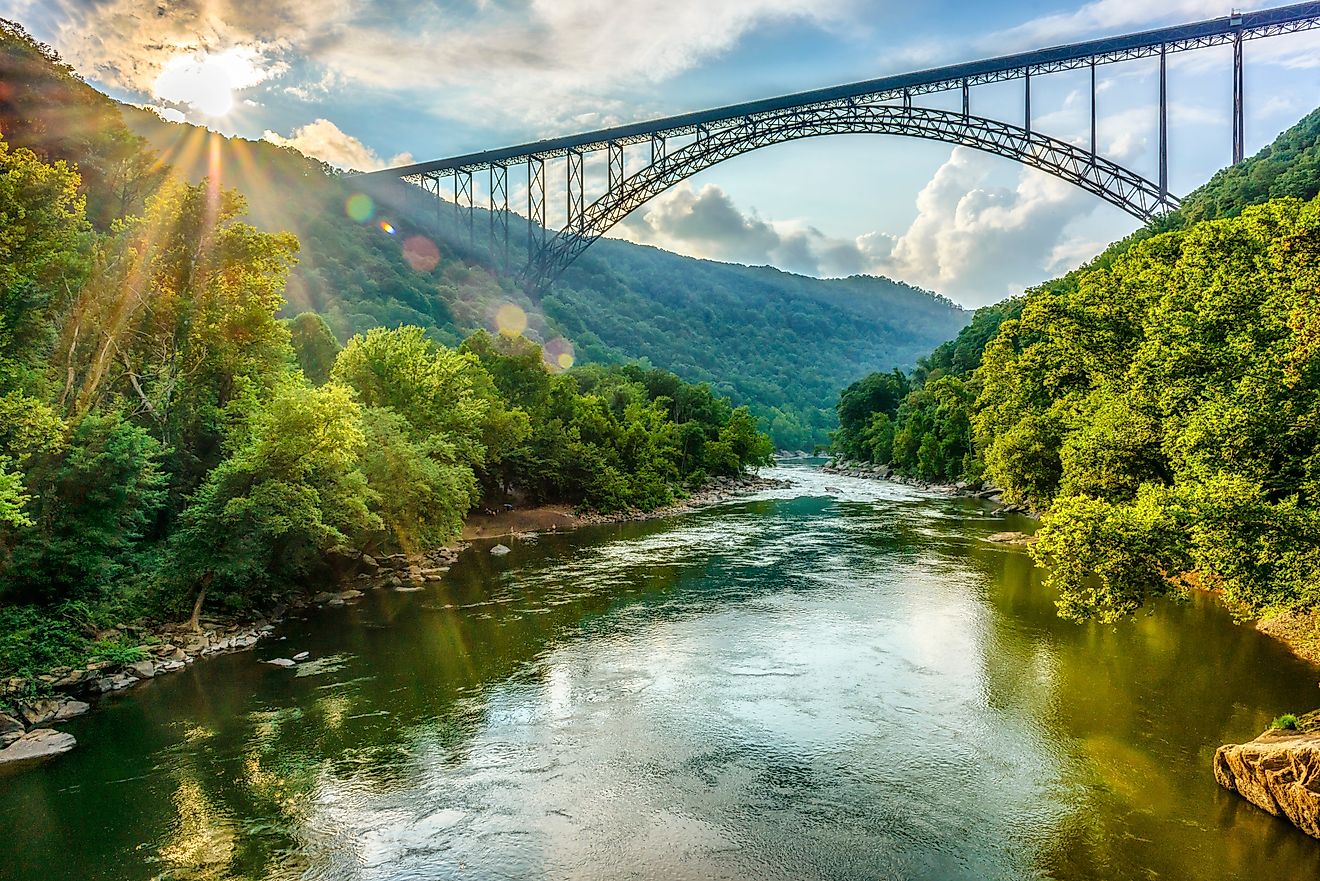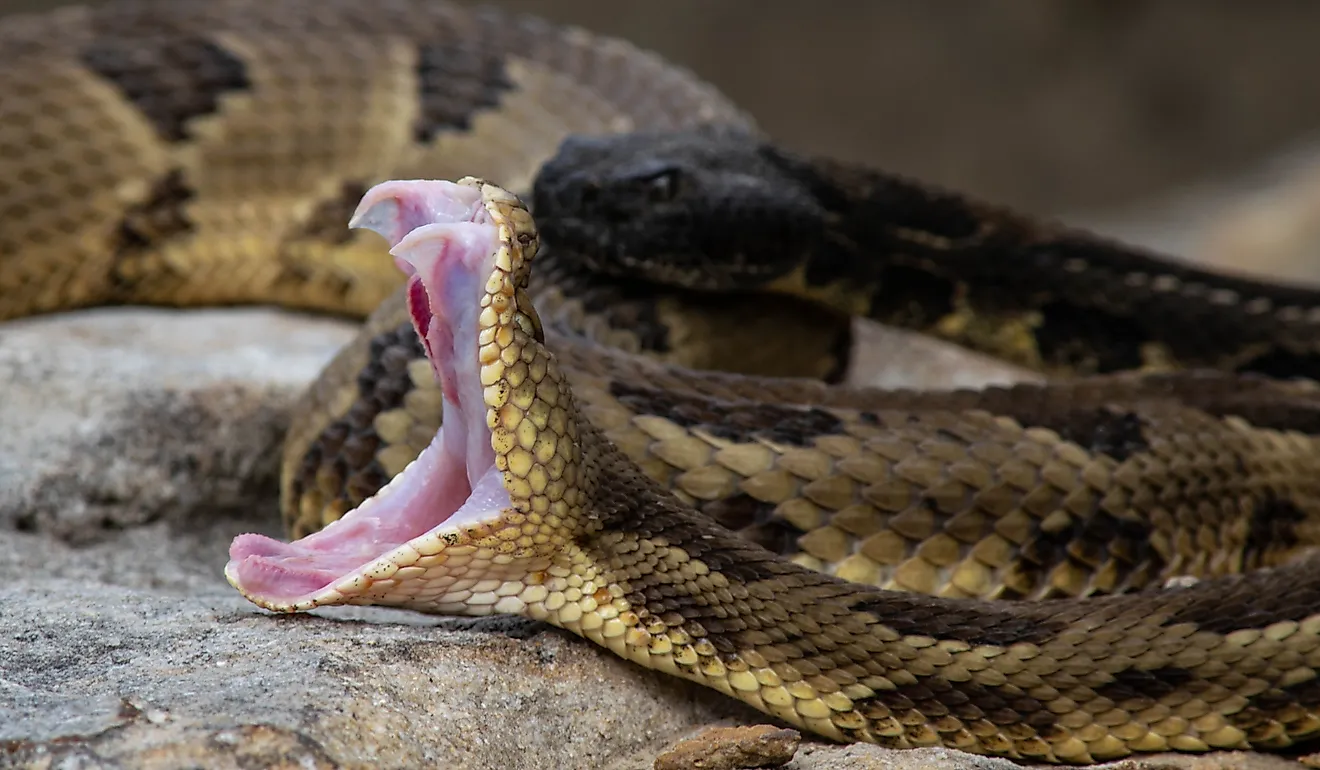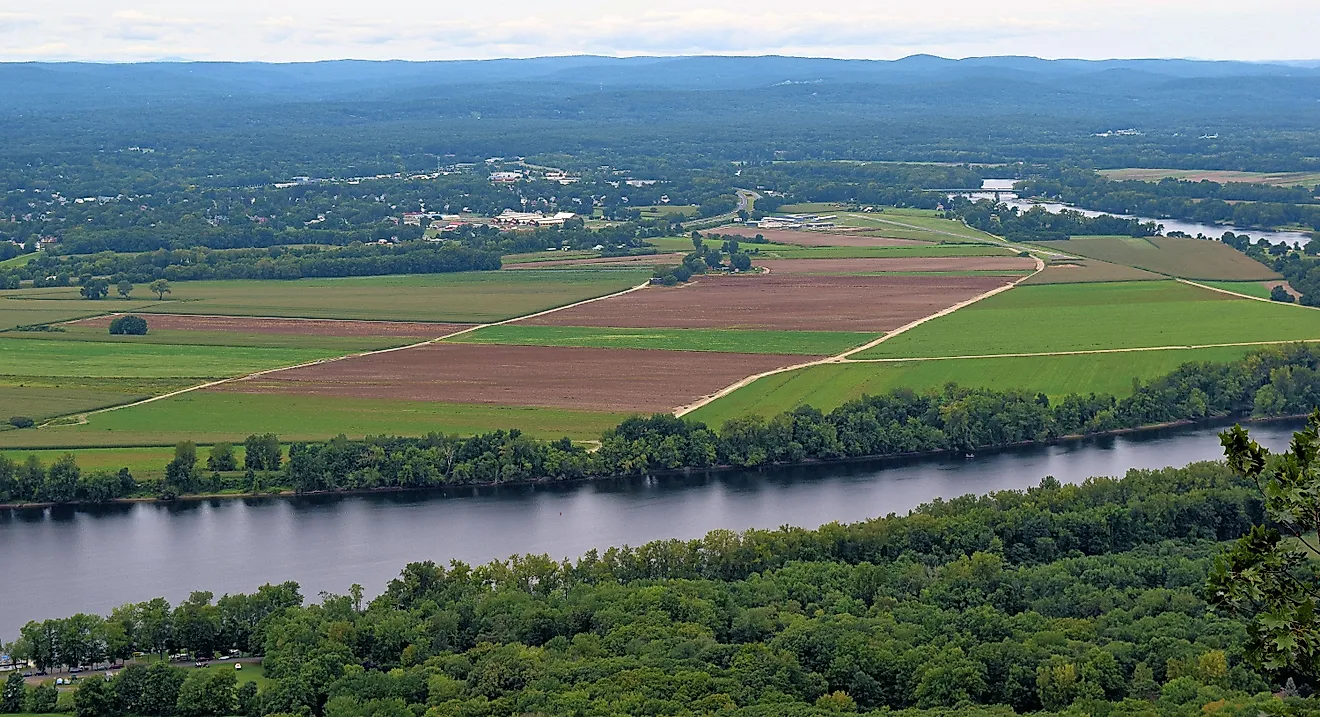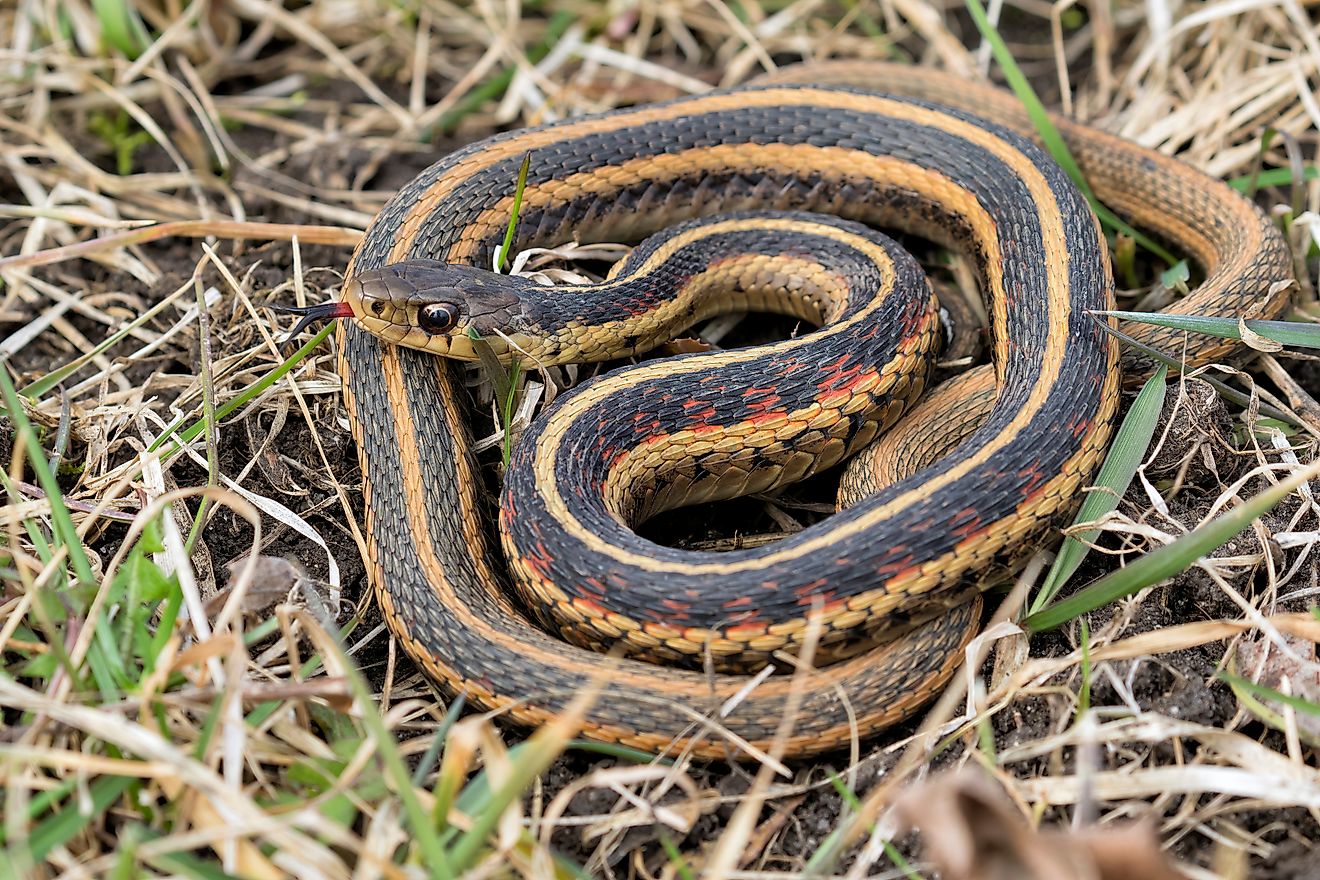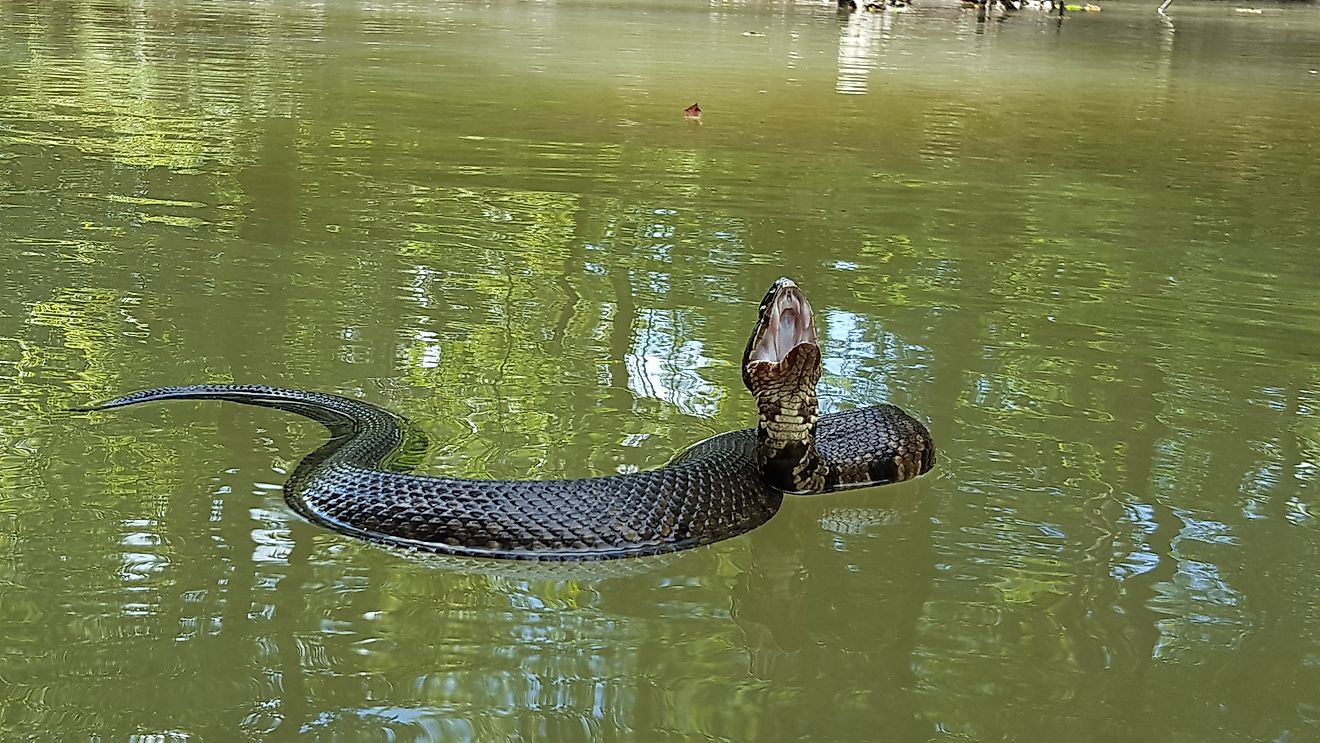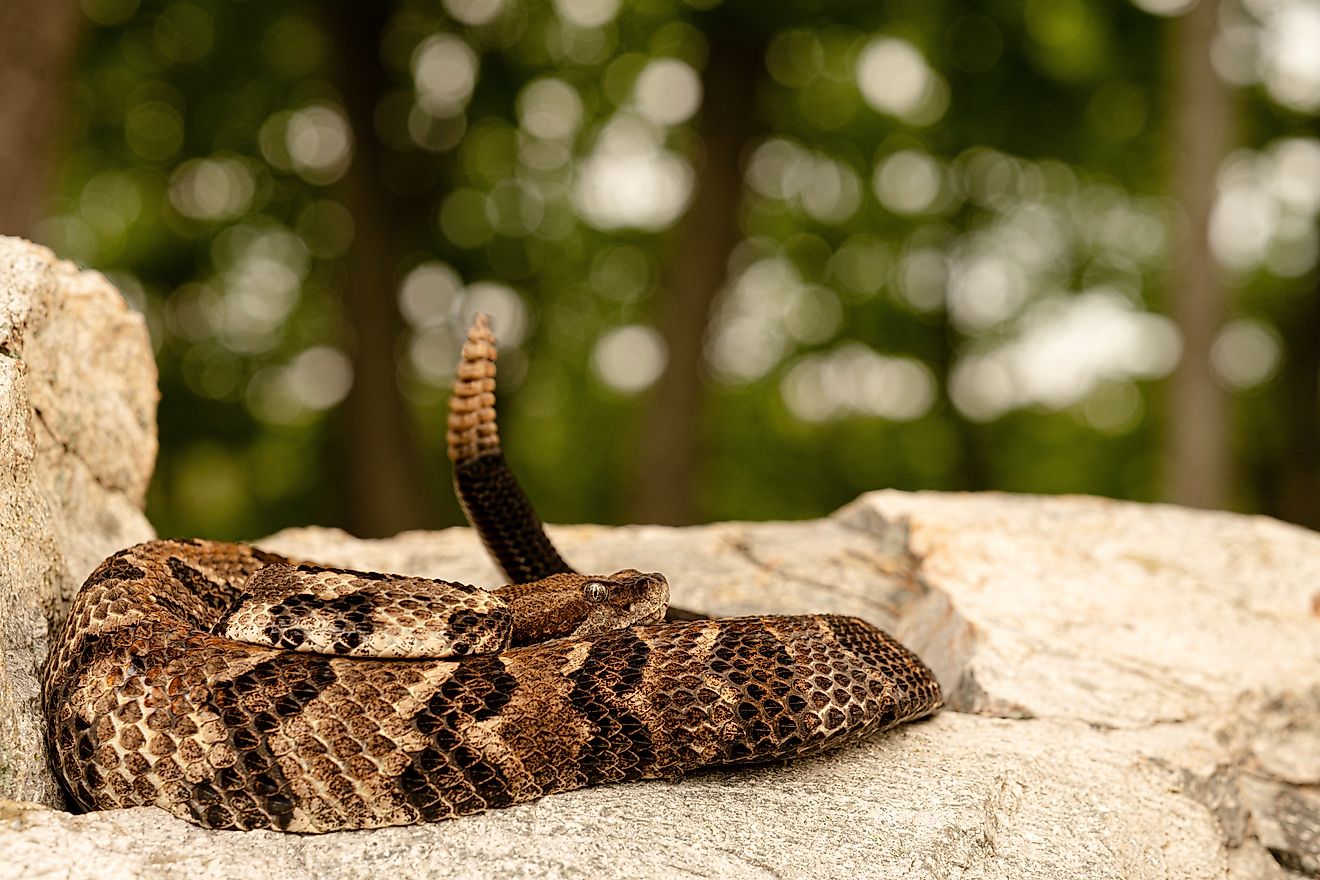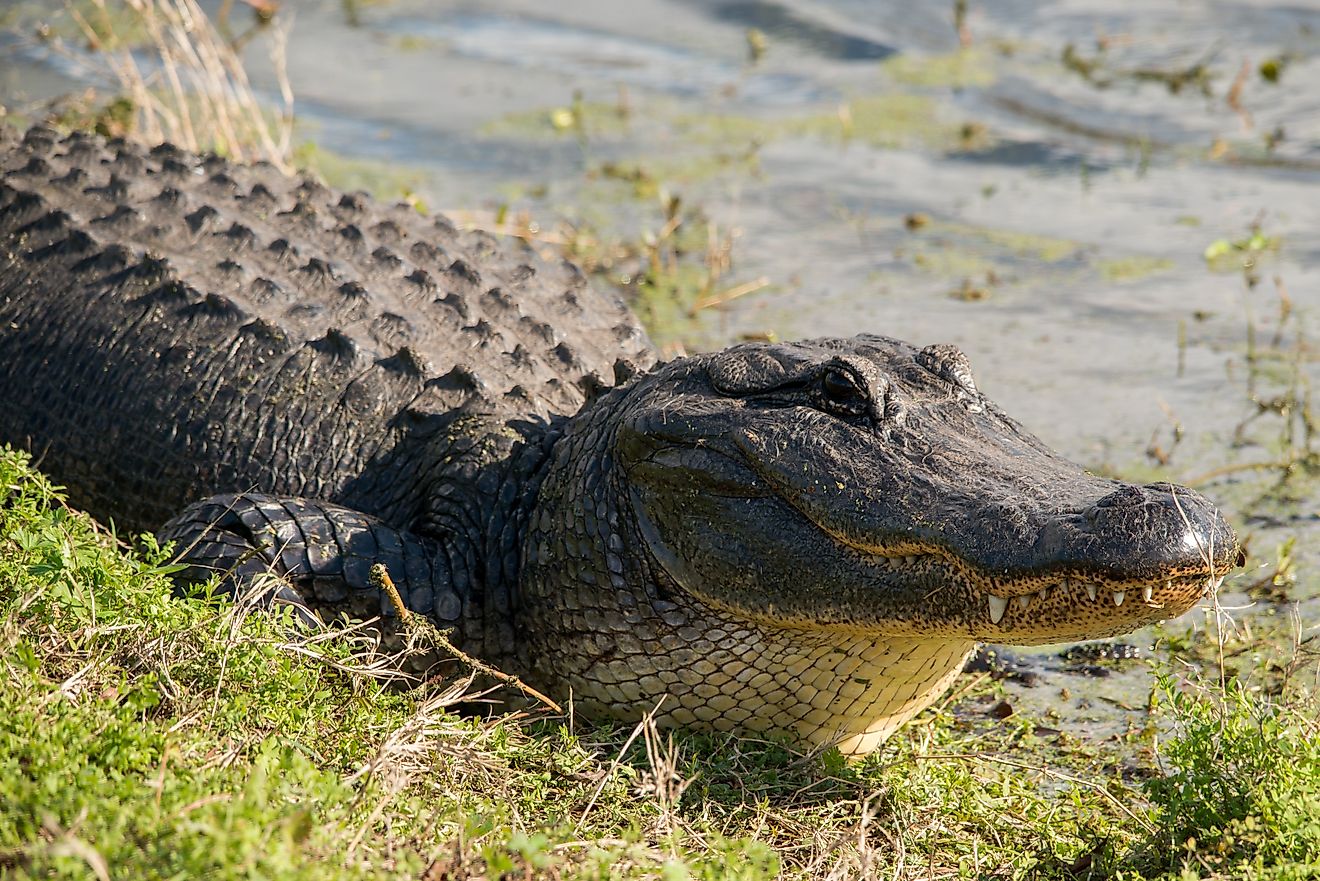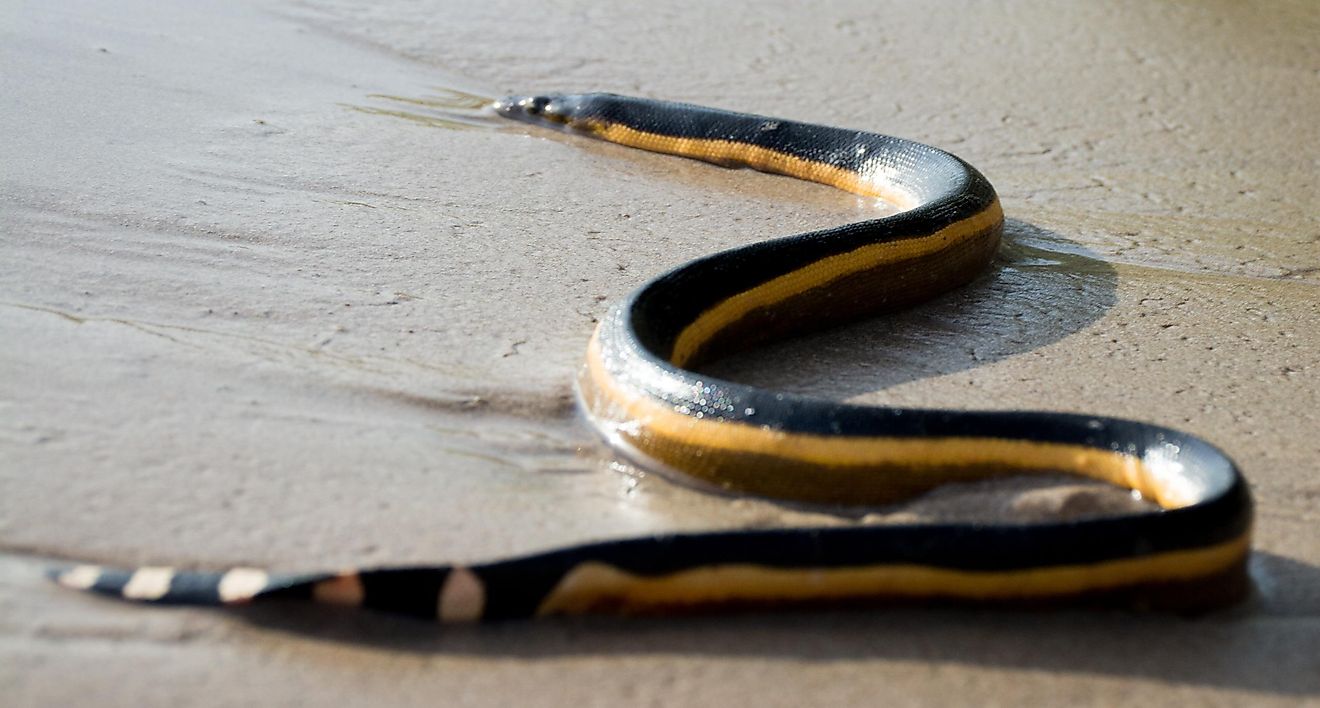
The Most Snake Infested Rivers In Indiana
Indiana forms part of the east-central lowlands in the United States. Consequently, its general slope and drainage pattern is toward the south and southwest, though an almost imperceptible groundswell in the northeast forms a watershed between the St. Lawrence and Mississippi basins. The Wabash, the Ohio, and the east and west forks of the White River form part of the Mississippi basin.
In the north the St. Joseph River meanders into Lake Michigan, while in the east the Maumee flows northeast into Lake Erie. Another notable river in Indiana is the Patoka River, a tributary of the Wabash River. Indiana’s terrain is home to an array of wildlife and fauna, including snakes; 32 species call the state home. Out of those 32, four of them are venomous and capable of delivering a medically significant bite to humans. Let’s look at the four most snake infested rivers in Indiana.
Wabash River

The Wabash River is the largest southward flowing tributary of the Ohio River. It rises in northwestern Ohio, where it flows for 200 miles, forming a boundary between Indiana and Illinois, before it enters the Ohio River in the southwestern corner of Indiana after a total course of 529 miles. The Wabash drains an area of about 33,150 square miles.
The northern water snake (Nerodia sipedon) is one of the most common snakes humans come into contact with in or near the water. It is thick-bodied, nonvenomous snake that can be found in almost any aquatic habitat in the northern half of Indiana. They can be seen swimming in the water, along the banks of lakes, streams, and on limbs hanging over water.
Their diet primarily consists of small fish, resulting in these snakes being a pest around fish hatcheries. When disturbed, northern water snakes are known to flatten their head and strike out. Bites can be painful and may result in bleeding. The black kingsnake (Lampropeltis getula) is also known to inhabit areas around the Wabash River, especially around the west-central region of Indiana.
Patoka River
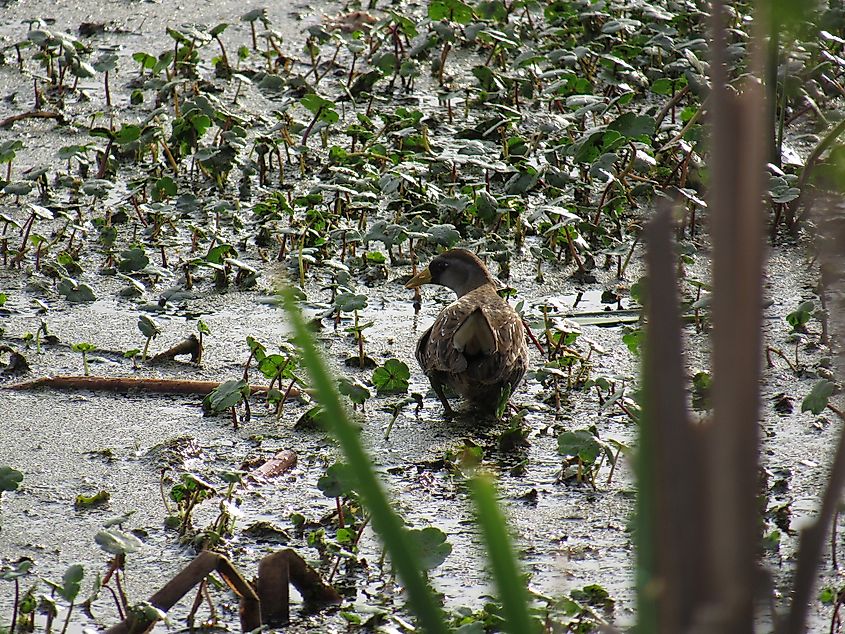
The Patoka River stretches 162 miles long. It comprises of 30 miles of Patoka River channel, 19 miles of cut-off river oxbows, three miles of the South Fork Patoka River, and 12,700 acres of existing bottomland wetland habitat. Over 380 species of wildlife call the Patoka River home, including snakes. The Patoka River National Wildlife Refuge and Management Area is a protected region along the Patoka River.
The refuge includes 12,700 acres of wetlands, the majority of which are bottomland hardwood forests, characterized by woody vegetation 20 feet tall or taller. The refuge is home to the endangered copperbelly water snake (Nerodia erythrogaster neglecta), a subspecies of the plain bellied water snake (Nerodia erythrogaster).

Although the copperbelly water snake has both wetland and terrestrial habitat requirements, they are most often associated with wetland complexes that are characterized by a prevalence of shallow wetlands, many of which draw down seasonally. Therefore, the species needs habitat complexes of isolated wetlands that are distributed in a forested upland matrix, floodplain wetlands that are fed by seasonal flooding, or a combination of both. Individuals move hundreds of meters or more between wetlands and routinely use multiple wetlands during the course of an active season.
White River

The White River rises in Randolph County in the east-central part of Indiana and flows west for 65 miles. It then flows westward through the city of Indianapolis for around 175 miles before entering the Wabash River. Its largest tributary is the East Fork White River which rises from a combination of streams that join near Columbus.
Historically, the cottonmouth (Agkistrodon piscivorus) was found in southern Indiana, including areas near the White River, but it is no longer common in the state. It is one of the few semiaquatic venomous snakes in the United States, typically inhabiting wetlands, swamps, and slow-moving rivers. The snake inhabits a variety of wetland habitats including swamps, lakes, ponds, rivers and ditches. The cottonmouth is active primarily at night, but it may also be active during daylight hours during the spring and fall, especially at the southern extremity of its range.
However, cottonmouths are state endangered and likely extinct in Indiana, the last few individuals were found in Dubois County in the 1980s. If any cottonmouths still persist in Indiana, the Lower East Fork White River Watershed — covering parts of Daviess, Pike, Martin, and Dubois counties — would represent one of the few possible habitats.
Ohio River

The Ohio River is a major river in the United States formed by the confluence of the Allegheny River and the Monongahela River in Pittsburgh, Pennsylvania. Then, after flowing southwest for 981 miles, it joins the Mississippi River in Illinois. The Ohio River contributes more water to the Mississippi River than it does any other tributaries, draining an area of 203,900 square miles.
Within this area is optimal habitat for many species of snakes. The northern water snake calls the Ohio River home as it is the most common water snake found in Indiana. The copperbelly water snake has southern populations that inhabit the lower Ohio River valley in southwestern Indiana.
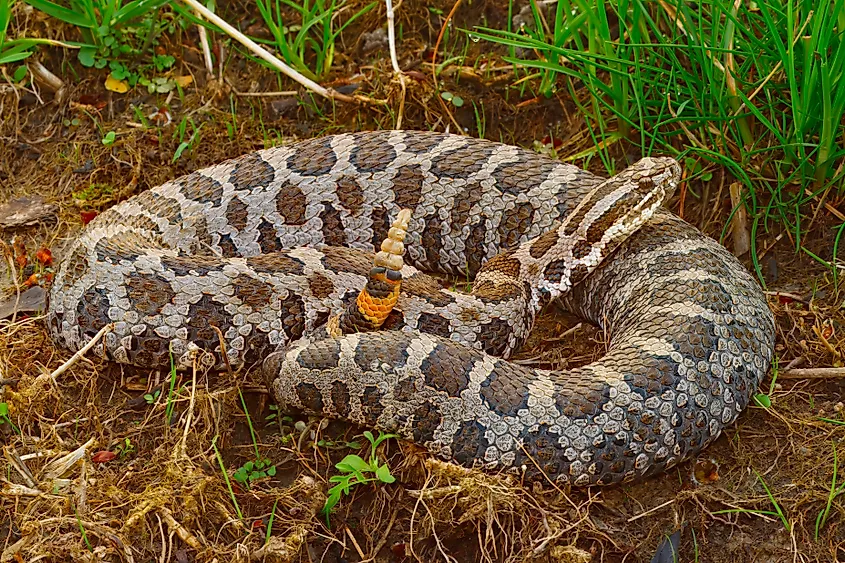
The timber rattlesnake (Crotalus horridus), another of Indiana’s venomous snakes is found in the Ohio River valley throughout southern Indiana. In the southern parts of their range, these snakes are typically found in deciduous forests, rocky hillsides, and river valleys rather than open or heavily populated areas. Crevices in rocky cliffs usually facing south or large boulders piled together make up their dens for hibernating in. They are another state endangered venomous snake, with only a few small populations remaining as their range and populations have decreased significantly.
Despite common fears, venomous snakebites are very rare in Indiana. Along with the state endangered cottonmouth and timber rattlesnake, the eastern massasauga rattlesnake (Sistrurus catenatus) is limited to declining populations in northern Indiana due to habitat loss and is now a federally threatened species.
The copperhead (Agkistrodon contortrix) is another venomous snake in Indiana that favors upland forests, rocky areas, and other habitats generally away from open water. As for Indiana’s nonvenomous snakes, with the exception of few that are widespread throughout the state, they would rather flee or remain hidden in the presence of people, ultimately posing little to no threat.
Indiana’s rivers, from the Wabash to the Ohio, support a variety of snakes, including both common water snakes and rare, protected species. While venomous snakes exist, bites are extremely rare, and most snakes avoid humans. Exploring these waterways offers a chance to appreciate Indiana’s wildlife safely while recognizing the important role snakes play in the ecosystem.

